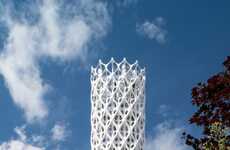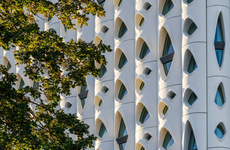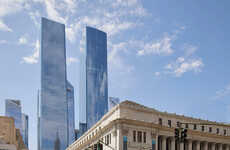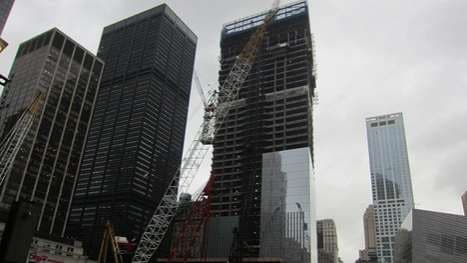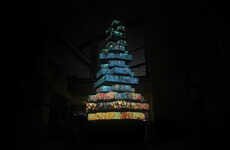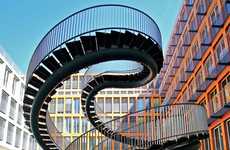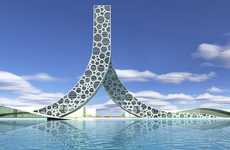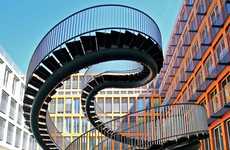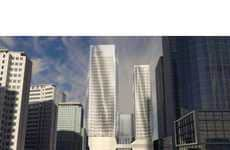
One World Trade Center Will Be the Greenest Structure of Its Size
Omar Yusuf — September 10, 2011 — Eco
References: topics.treehugger & gizmodo
With the ten year anniversary of the September 11th terrorist attacks quickly approaching, the eyes of politicians and architects alike have turned to their attention to the construction of One World Trade Center.
After the diplomatic developments of the last decade, it became apparent that 9/11 was an assault on America's culture, heritage and value system. The designers of One World Trade Center (the complex meant to replace the rubble at Ground Zero) have made it their mission to erect an edifice that epitomizes the country's ambition and renewed vigor. The construction, maintenance and day-to-day proceedings of the building will have a net zero CO2 footprint.
Clean diesels were used during construction, hydrogen cells will fuel all 74 floors and 80% of the waste produced at the building site has been constructed. Architects and contractors are paying attention -- if you can make a skyscraper carbon neutral, then you can make anything else just as green!
After the diplomatic developments of the last decade, it became apparent that 9/11 was an assault on America's culture, heritage and value system. The designers of One World Trade Center (the complex meant to replace the rubble at Ground Zero) have made it their mission to erect an edifice that epitomizes the country's ambition and renewed vigor. The construction, maintenance and day-to-day proceedings of the building will have a net zero CO2 footprint.
Clean diesels were used during construction, hydrogen cells will fuel all 74 floors and 80% of the waste produced at the building site has been constructed. Architects and contractors are paying attention -- if you can make a skyscraper carbon neutral, then you can make anything else just as green!
Trend Themes
1. Net Zero Construction - The trend of constructing buildings with a net zero CO2 footprint, like One World Trade Center, is disrupting the architecture and construction industry.
2. Clean Diesel Technologies - The use of clean diesel technologies in construction projects, as seen in One World Trade Center, is disrupting the energy and transportation industry.
3. Hydrogen Fuel Cells - The trend of using hydrogen fuel cells to power buildings, such as in One World Trade Center, is disrupting the energy and renewable industry.
Industry Implications
1. Architecture and Construction - The architecture and construction industry can explore innovative techniques and materials to create buildings with a net zero CO2 footprint.
2. Energy and Transportation - The energy and transportation industry can adopt clean diesel technologies to reduce carbon emissions in their operations and vehicles.
3. Energy and Renewables - The energy and renewables industry can further develop and implement the use of hydrogen fuel cells as a sustainable and efficient energy source.
2.3
Score
Popularity
Activity
Freshness


